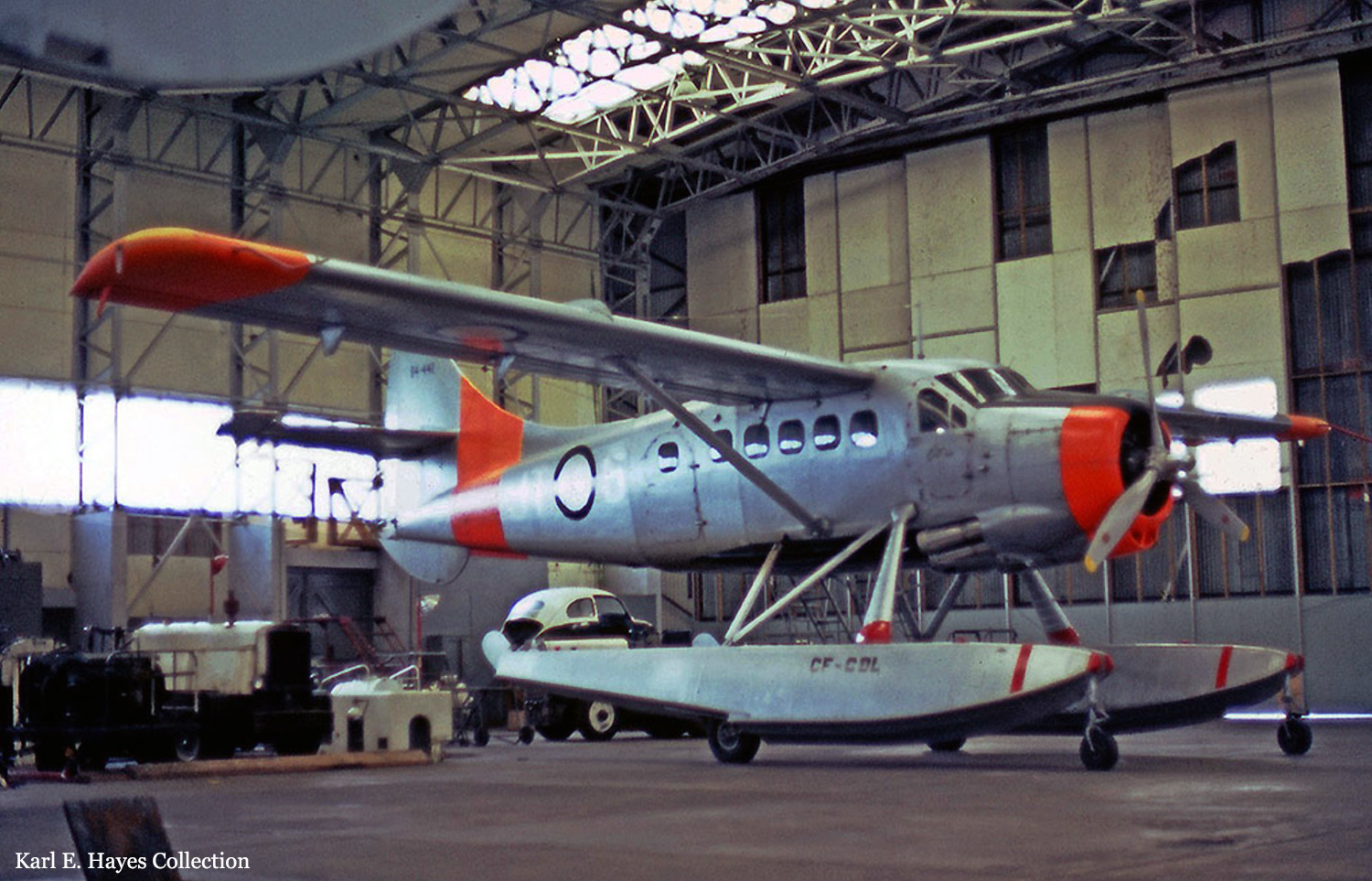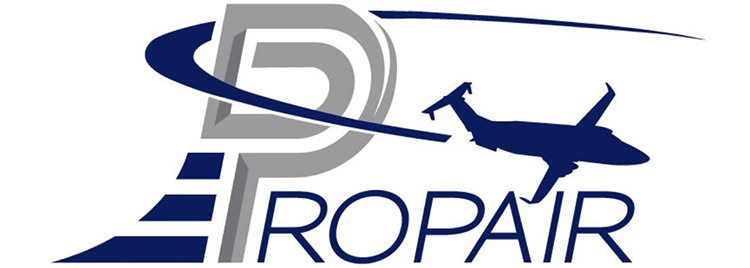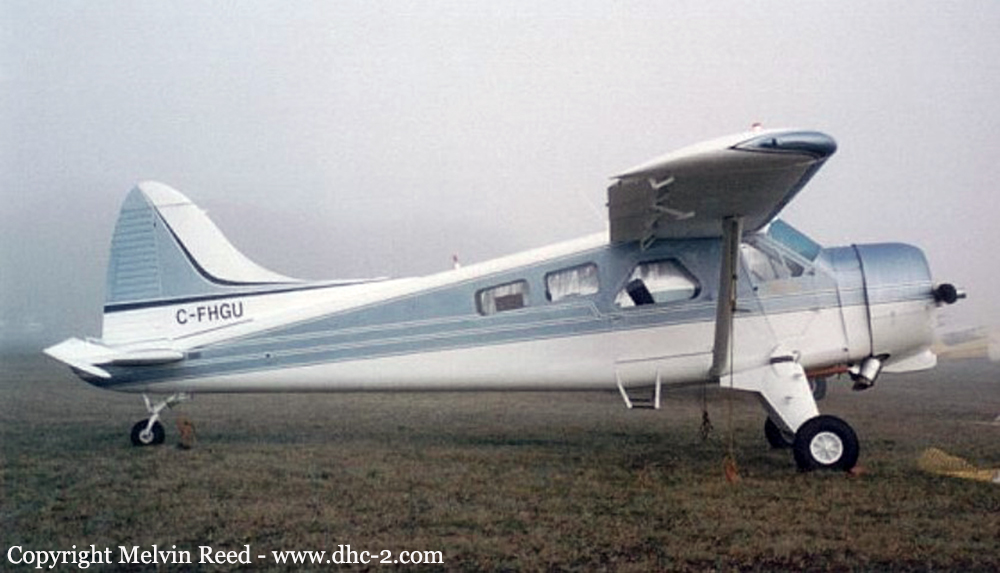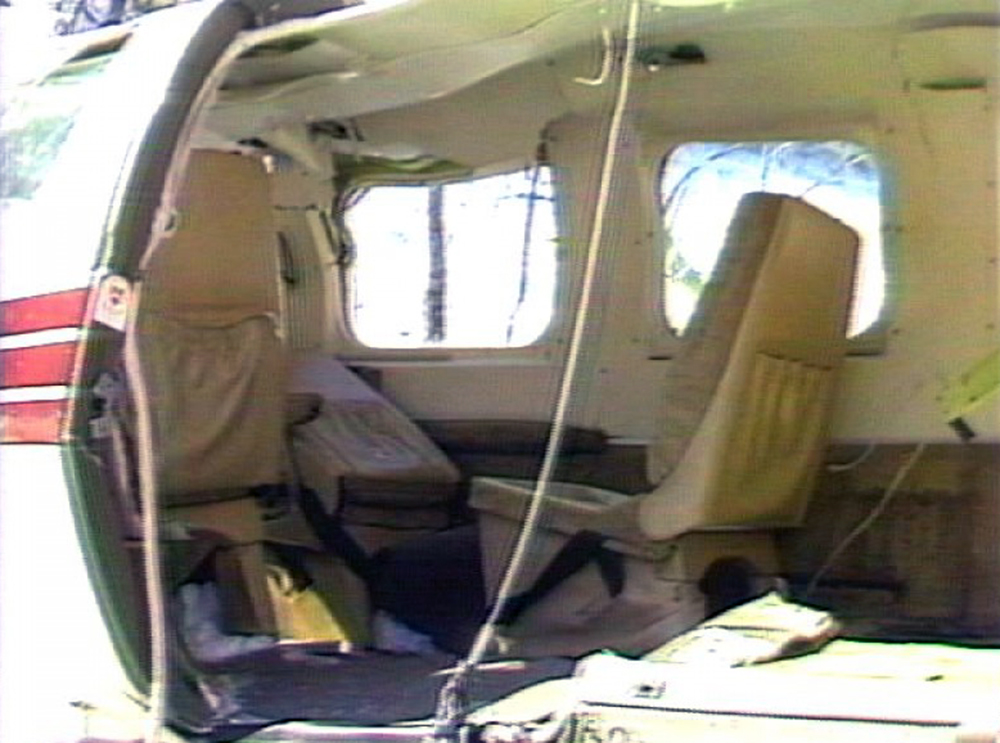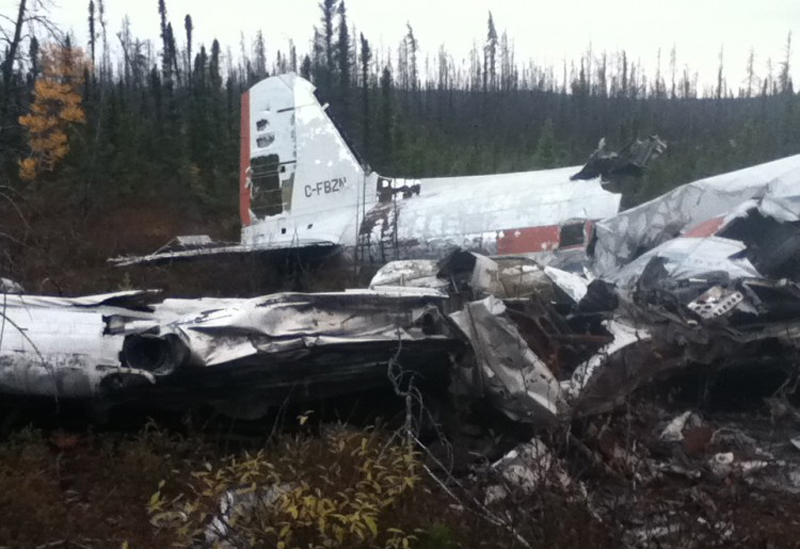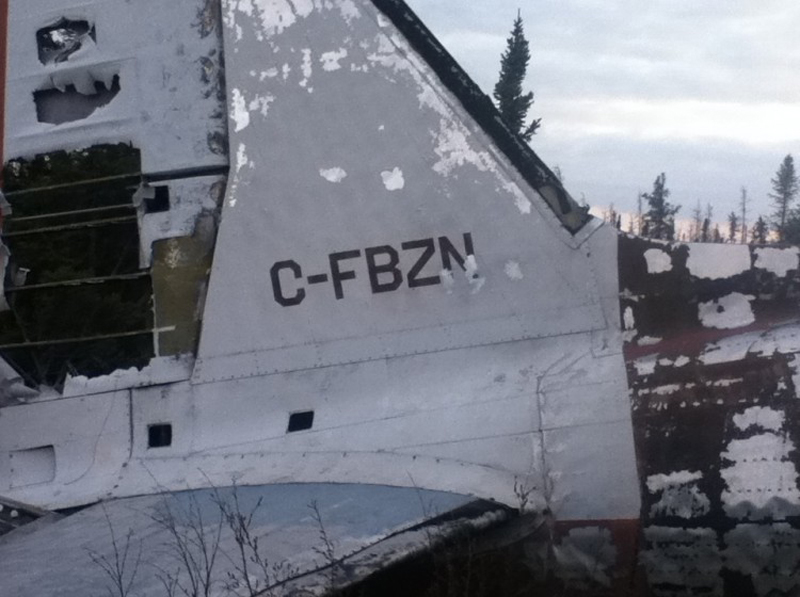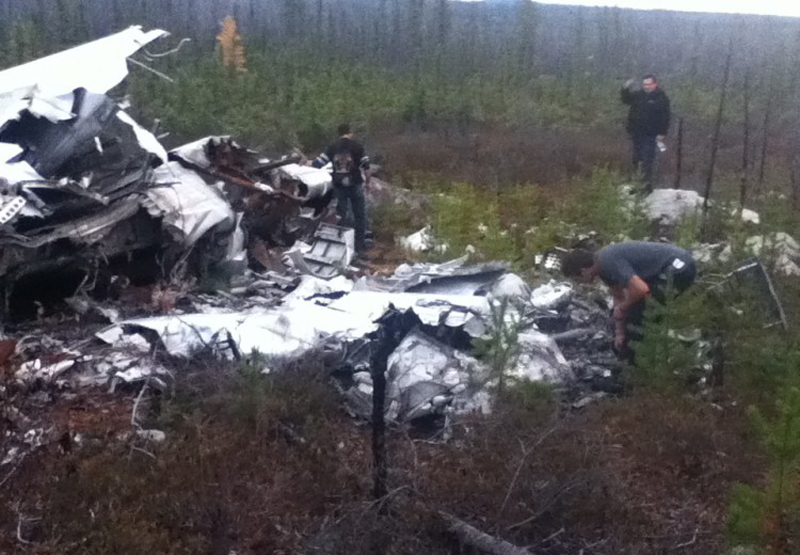Crash of a Canadair CL-215-1A10 near Chute des Passes: 2 killed
Date & Time:
Jun 19, 1991 at 1505 LT
Registration:
C-GFQA
Survivors:
No
MSN:
1091
YOM:
1986
Flight number:
Tanker 236
Crew on board:
2
Crew fatalities:
Pax on board:
0
Pax fatalities:
Other fatalities:
Total fatalities:
2
Circumstances:
While flying at low height on a fire fighting mission, Tanker 236 struck tree tops, rolled to the right and crashed in a wooded area. Both pilots were killed.




